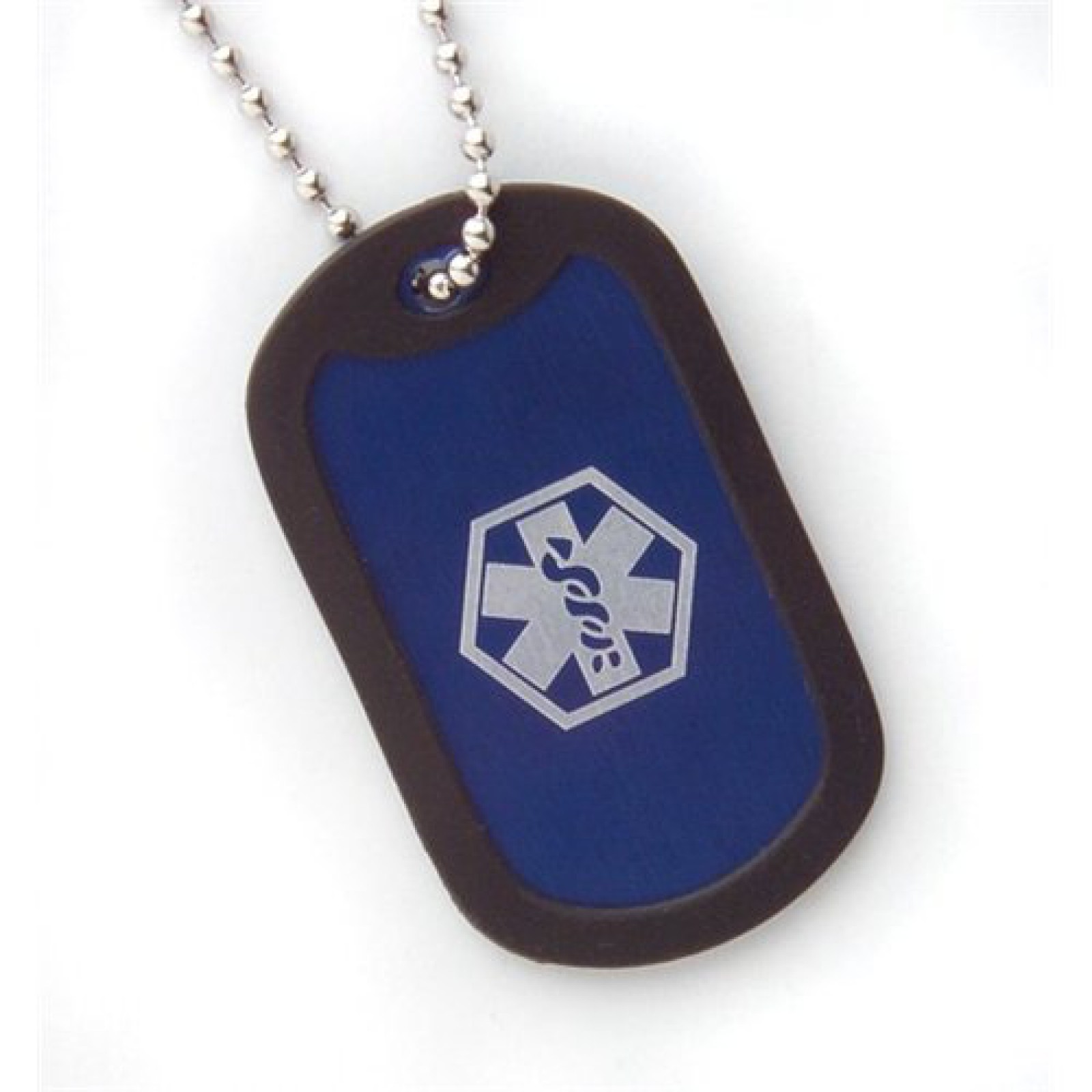Skin conditions can be perplexing, especially when they point to a deeper, underlying health issue. Glucagonoma rash, clinically referred to as necrolytic migratory erythema (NME), is one such skin manifestation that often signals the presence of a rare pancreatic tumor called glucagonoma. Glucagonoma is a type of neuroendocrine tumor that primarily affects the pancreas, leading to excessive production of the hormone glucagon. This hormonal imbalance can result in a distinct and characteristic rash, the details of which can be essential for early diagnosis and management.
For individuals or medical professionals seeking information on glucagonoma rash pictures, understanding the visual clues associated with this skin condition is vital. The rash typically manifests as red, blistering, and scaly lesions that tend to migrate over time. These lesions are commonly found on areas of the body under friction, such as the groin, buttocks, lower abdomen, and perineum. Additionally, the rash is often accompanied by other symptoms like weight loss, glucose intolerance, and anemia, which together may point toward an underlying glucagonoma.
In this comprehensive guide, we will delve deep into the specifics of glucagonoma rash, its symptoms, causes, diagnostic methods, and treatment options. By providing detailed images and descriptions of glucagonoma rash pictures, we aim to empower readers with the knowledge necessary to identify and understand this rare medical condition. Whether you are a patient, caregiver, or healthcare provider, this resource will serve as a dependable reference to navigate the complexities of glucagonoma and its associated skin manifestations.
Read also:Miss Hannigan Character The Iconic Role That Defined A Generation
Table of Contents
- What is Glucagonoma?
- What is Necrolytic Migratory Erythema (NME)?
- Symptoms of Glucagonoma Rash
- Causes of Glucagonoma and Associated Rash
- Diagnosing Glucagonoma Rash
- Glucagonoma Rash Pictures: Visual Diagnosis
- Treatment Options for Glucagonoma Rash
- Diet and Lifestyle Changes
- Complications of Untreated Glucagonoma
- How to Prevent Glucagonoma-Related Rash
- Frequently Asked Questions
- Conclusion
What is Glucagonoma?
Glucagonoma is a rare type of neuroendocrine tumor that originates in the alpha cells of the pancreas. These tumors are characterized by their excessive secretion of the hormone glucagon, which plays a critical role in regulating blood sugar levels. While glucagonoma is a rare medical condition, it is often associated with systemic symptoms that can significantly impact a patient’s quality of life.
Key Characteristics of Glucagonoma
Glucagonoma typically develops over time and may remain asymptomatic during its early stages. As the tumor grows, it leads to an overproduction of glucagon, which in turn causes a range of symptoms, including the characteristic necrolytic migratory erythema rash. Understanding the biological mechanisms behind glucagonoma can provide valuable insights into its diagnosis and treatment.
Glucagonoma at a Glance
| Feature | Details |
|---|---|
| Type of Tumor | Neuroendocrine tumor |
| Origin | Alpha cells of the pancreas |
| Key Symptom | Necrolytic Migratory Erythema (NME) |
| Other Symptoms | Weight loss, diabetes, anemia |
| Prevalence | Very rare |
What is Necrolytic Migratory Erythema (NME)?
Necrolytic Migratory Erythema (NME) is the hallmark skin manifestation associated with glucagonoma. This distinctive rash is often the first visible sign of the condition, making it a critical diagnostic clue for healthcare providers. NME typically presents as a red, blistering rash that evolves into scaly, crusted lesions over time.
How NME Develops
The development of NME is closely linked to the metabolic disturbances caused by excessive glucagon secretion. These disturbances lead to skin cell dysfunction and impaired wound healing, contributing to the formation of the characteristic lesions. Understanding the pathophysiology of NME can aid in its early identification and treatment.
Common Locations for NME
- Groin
- Buttocks
- Lower abdomen
- Perineum
Symptoms of Glucagonoma Rash
The symptoms of glucagonoma rash extend beyond the skin and often include systemic manifestations. Recognizing these symptoms can be instrumental in diagnosing the condition early and initiating appropriate treatment.
Skin-Related Symptoms
Glucagonoma rash is characterized by its migratory nature and distinct appearance. The rash typically starts as red, inflamed areas that may develop blisters and eventually become scaly and crusted. These lesions are often painful and may itch, adding to the patient’s discomfort.
Read also:Hilary Duff Titties
Systemic Symptoms
In addition to the rash, patients with glucagonoma often experience a range of systemic symptoms, including:
- Unexplained weight loss
- Fatigue and weakness
- Glucose intolerance or diabetes
- Anemia
Causes of Glucagonoma and Associated Rash
Glucagonoma is caused by the uncontrolled proliferation of alpha cells in the pancreas, leading to excessive glucagon production. This hormonal imbalance is the primary driver behind the symptoms of glucagonoma, including the necrolytic migratory erythema rash.
Stay tuned as we expand this article further with detailed insights into diagnosis, treatment, and prevention strategies.

